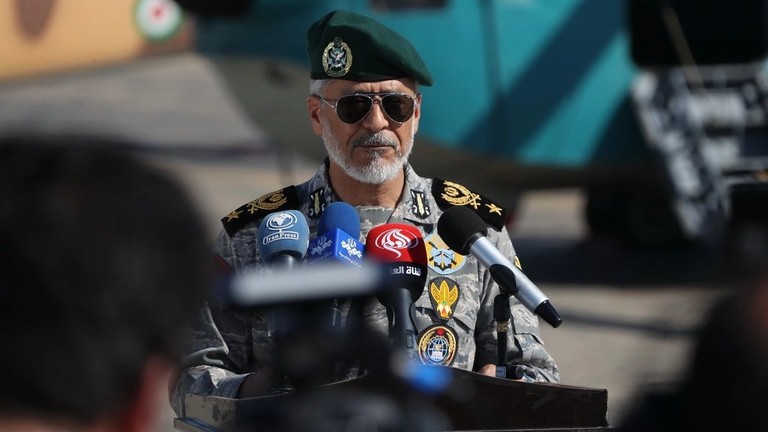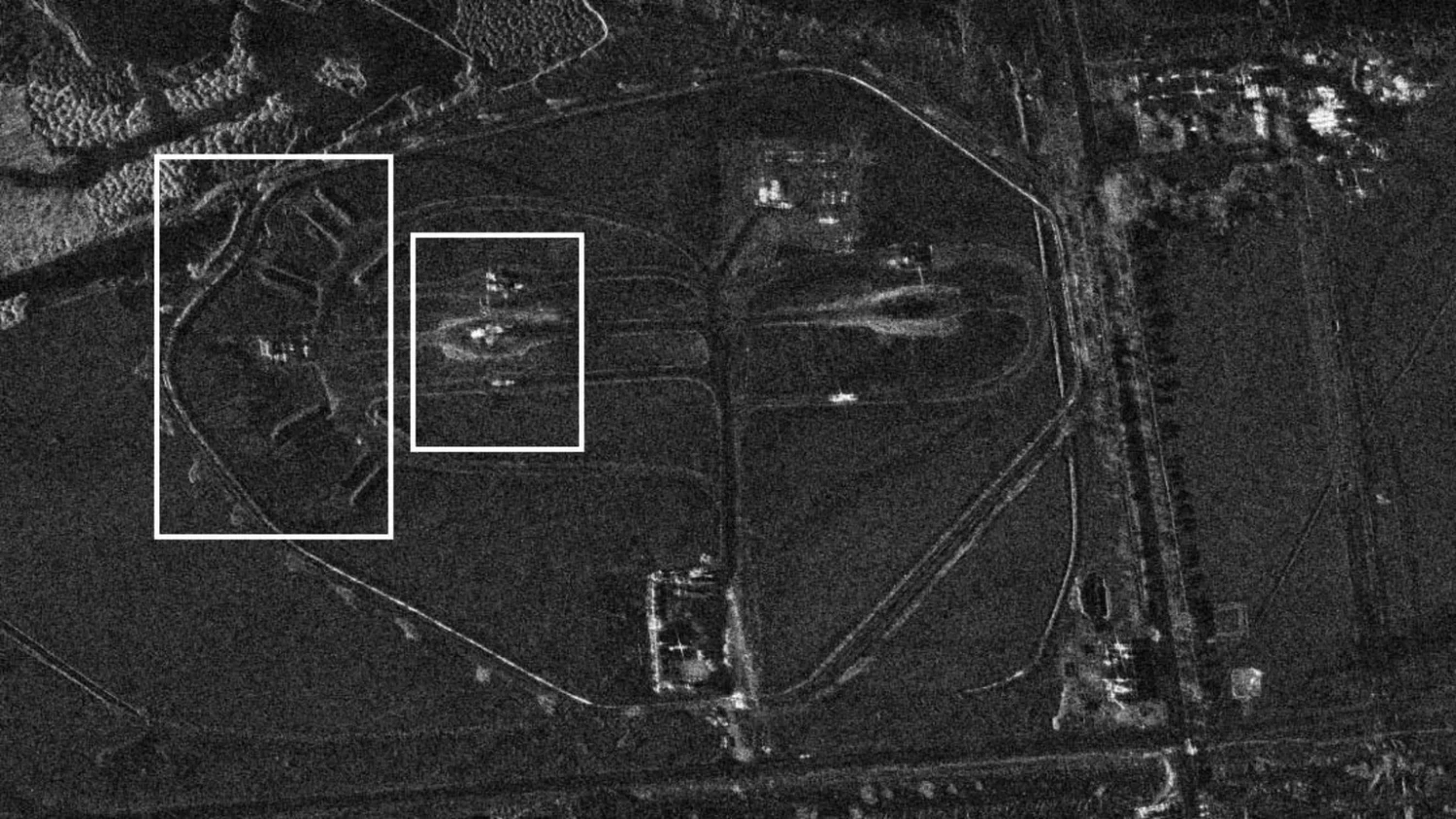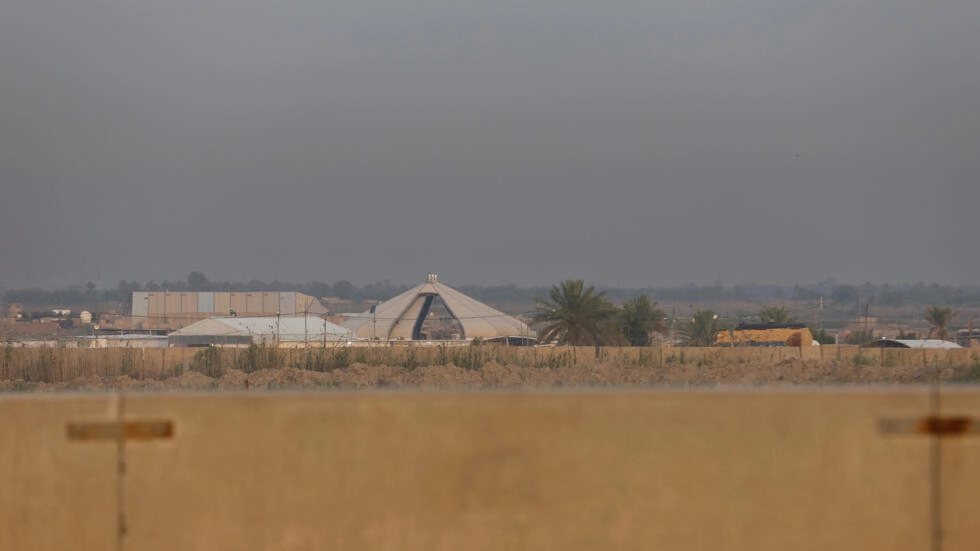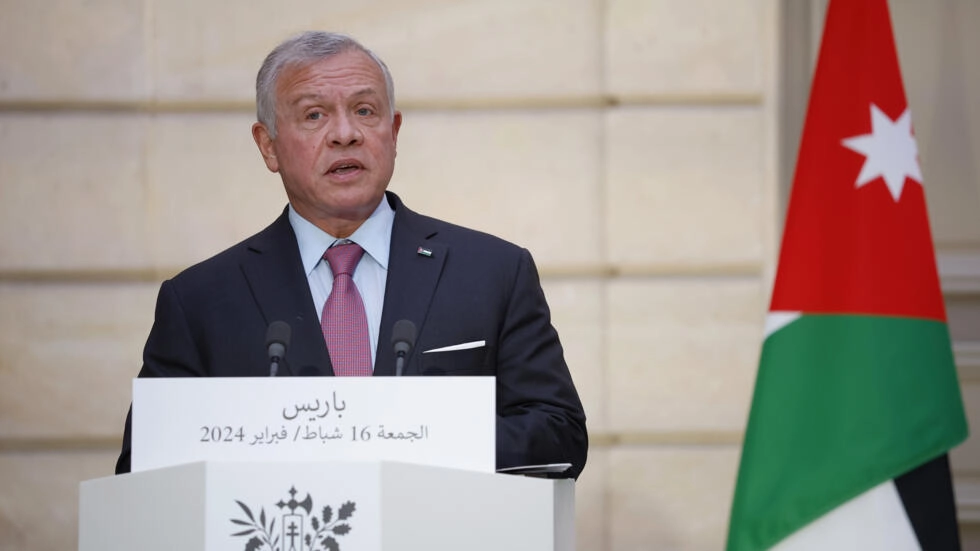What we know about US strikes on Iran-linked targets in Iraq and Syria
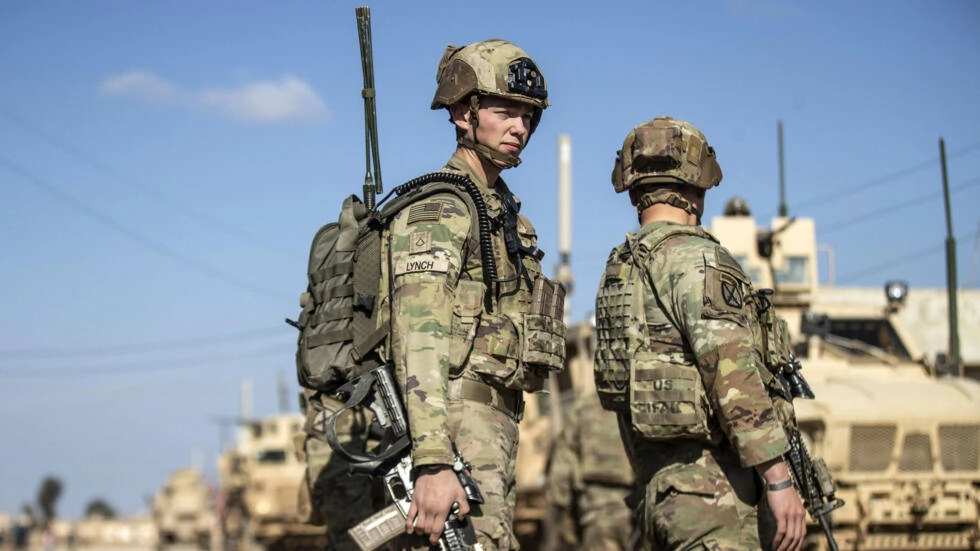
Hitting Iran unit, but not Iran
The US military said the air strikes hit more than 85 targets inside Iraq and Syria targeting both the elite Quds force of Iran's Revolutionary Guards and affiliated militia groups.
The US strikes in the west of Iraq killed at least 16 people, including civilians, Iraqi government spokesman Bassem al-Awadi said on Saturday.
"The security of Iraq and the region will find itself on the brink of an abyss" because of the strikes, Awadi said in a statement, and denied "false allegations" that there had been "prior coordination" with Washington over the strikes.
The Syrian Observatory for Human Rights war monitor said at least 18 pro-Iranian fighters were killed in the strikes in eastern Syria.
The Syrian military issued a statement on Saturday saying that the overnight strikes on its territory killed "a number of civilians and soldiers, wounded others and caused significant damage to public and private property".
"The occupation of parts of Syrian territory by US forces cannot continue," it added, affirming the army's "determination to liberate all Syrian territory from terrorism and occupation".
Iran on Saturday also condemned the strikes on Iraq and Syria as a "strategic mistake" by its arch-foe, without saying whether or not any they caused any Iranian casualties.
"Last night's attack on Syria and Iraq is an adventurous action and another strategic mistake by the US government, which will have no result other than intensifying tension and instability in the region," Iran's foreign ministry spokesman Nasser Kanani said in a statement.
Observatory chief Rami Abdel Rahman said that at least 26 major sites housing pro-Iranian groups were destroyed, including weapons depots.
President Joe Biden did not order strikes inside Iran, as advocated by some of his Republican rivals, and did not appear to be targeting individual Iranians, as his predecessor Donald Trump did in 2020 when he ordered the assassination in Baghdad of Quds commander Qasem Soleimani.
Biden said the United States "does not seek conflict" in the Middle East, with his aides earlier making clear they did not want direct war with Iran.
To what is the US responding?
The strikes came hours after Biden, who faces a tough reelection fight in November, paid respects and met families as the bodies of three US soldiers returned home.
The soldiers were killed last Sunday and dozens others injured when a drone packed with explosives hit the remote Tower 22 base in Jordan near the border with Syria, where some 350 US troops are deployed as part of the campaign against the Islamic State extremist group.
The White House blamed the attack on the Islamic Resistance in Iraq, a loose alliance of pro-Iran fighters who have sought to push US forces out of Iraq.
US and coalition forces have been attacked at least 165 times since mid-October, according to a US official. But Sunday's strike was the first that caused US deaths from hostile fire, amid reports of confusion as a US drone was returning to the base at the same time.
How did conflict come to this?
Tensions have soared since fighters from Hamas, which receives support from Iran, launched an unprecedented attack on October 7 inside Israel, which has responded with a relentless bombardment of the Hamas-ruled Gaza Strip.
The United States has repeatedly sought to contain the conflict both through diplomacy and shows of force. Meanwhile, Lebanon's Hezbollah – arguably the most capable among the Iranian-backed groups in Arab countries – has been seen as fairly restrained.
But it is not the first time the United States has turned to military action in the conflict.
The Houthis, the Yemeni insurgent group that controls much of the country, have launched a wave of attacks on commercial shipping in the vital Red Sea, claiming to be acting in solidarity with Palestinians in Gaza.
After repeated warnings failed to deter the Houthis, the United States and Britain have led air strikes against Huthi targets inside Yemen.
Will conflict continue?
Biden said that the response will "continue at times and places of our choosing", with Defense Secretary Lloyd Austin saying the president "has directed additional actions" to hold the Revolutionary Guards and affiliated militias accountable.
One prominent pro-Iran group in Iraq, Kataeb Hezbollah, said Tuesday it would halt its attacks on US troops, but US officials said they would go ahead with retaliation and judge the militants by actions rather than words.
Before October 7, attacks on US forces had come nearly to a standstill after quiet talks between US and Iranian officials.
Many US experts believe that Iran's clerical state does not seek a wider conflict with the more powerful United States but has also been basking in new support in the Arab world over its support to Hamas.
(FRANCE 24 with AFP)
Keywords
Newer articles
<p>Chinese officials say they "firmly oppose" the platform being divested.</p>
Ukraine ‘will have a chance at victory’ with new US aid, Zelenskyy says
Congress passes bill that could ban TikTok after years of false starts
Ukraine war: Kyiv uses longer-range US missiles for first time
How soon could US ban TikTok after Congress approved bill?
TikTok faces US ban as bill set to be signed by Biden
‘LOSING CREDIBILITY’: Judge explodes at Trump lawyers as case heats up
Claim rapper ‘made staff watch her have sex’
KANYE WEST PLANS TO LAUNCH 'YEEZY PORN' ... Could Be Coming Soon!!!
Megan Thee Stallion’s Ex-Makeup Guru Talks. It’s Not Pretty.
